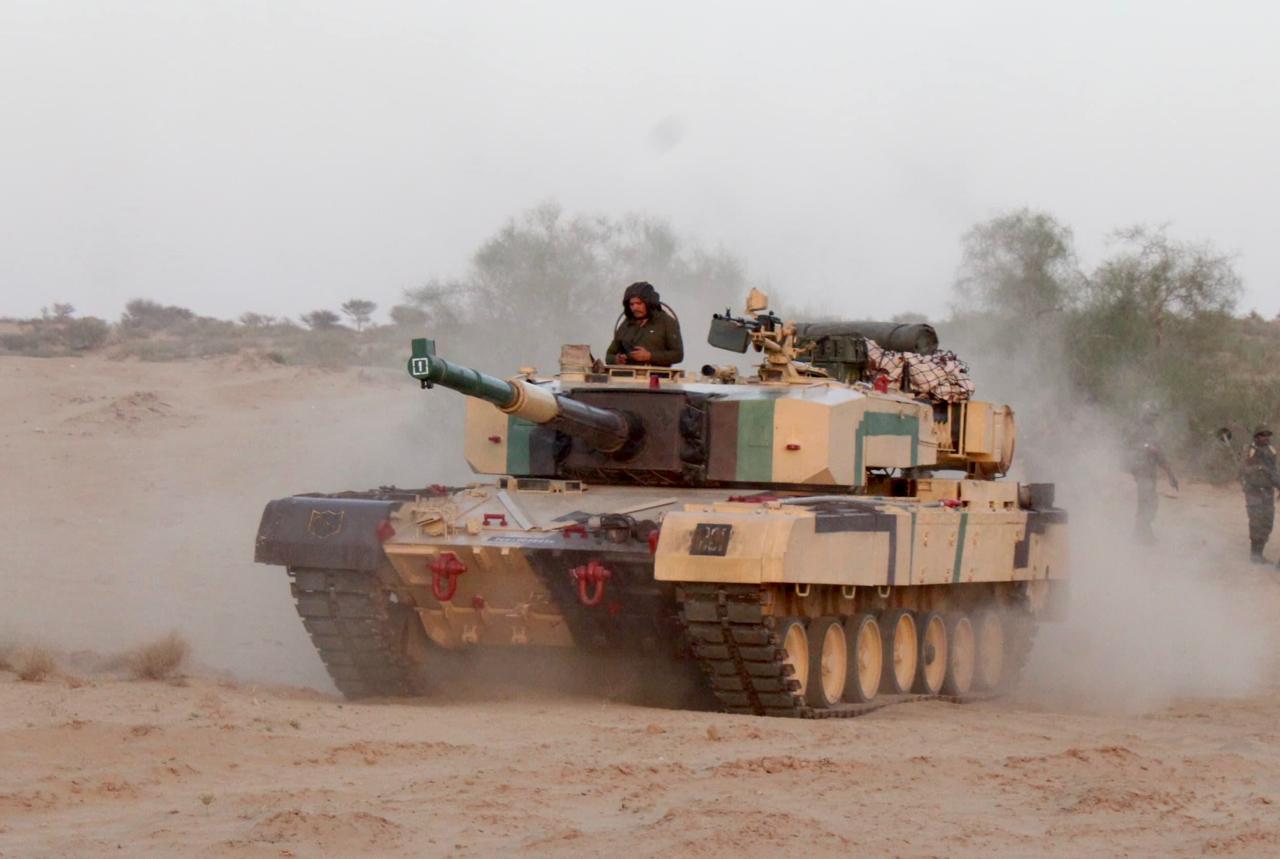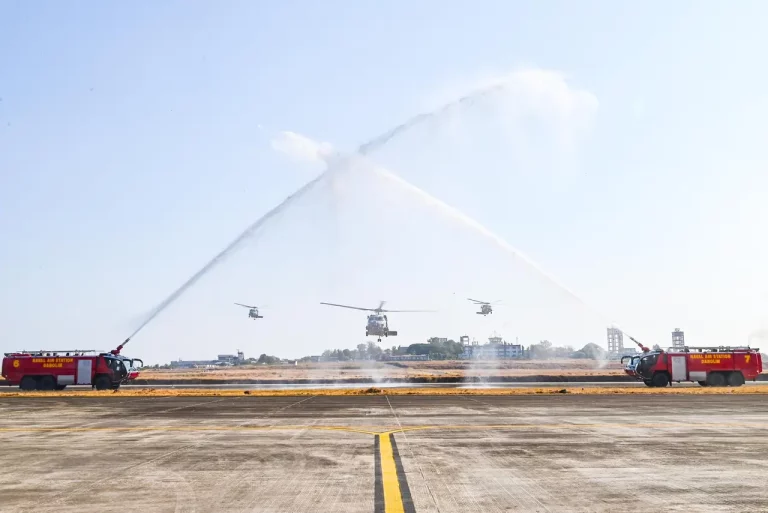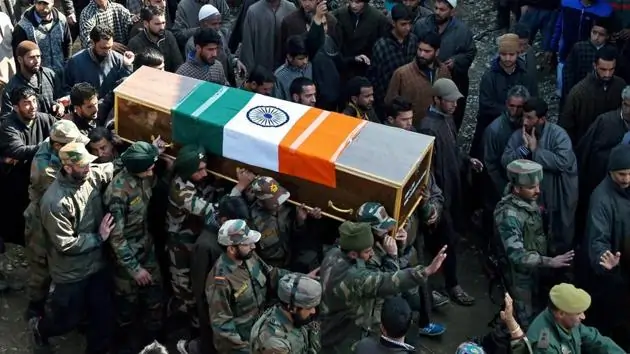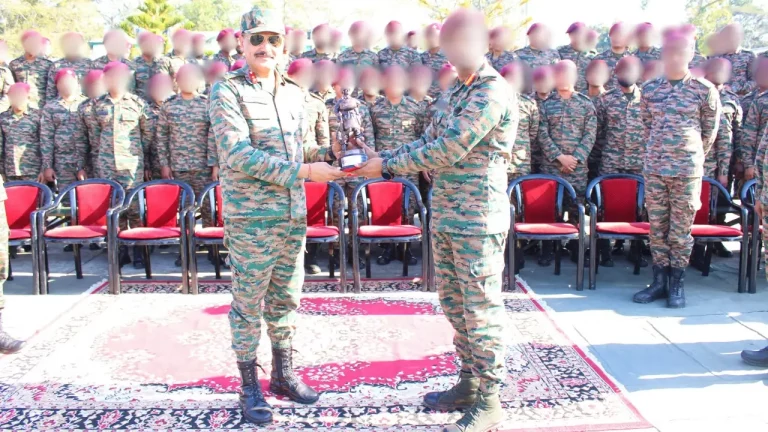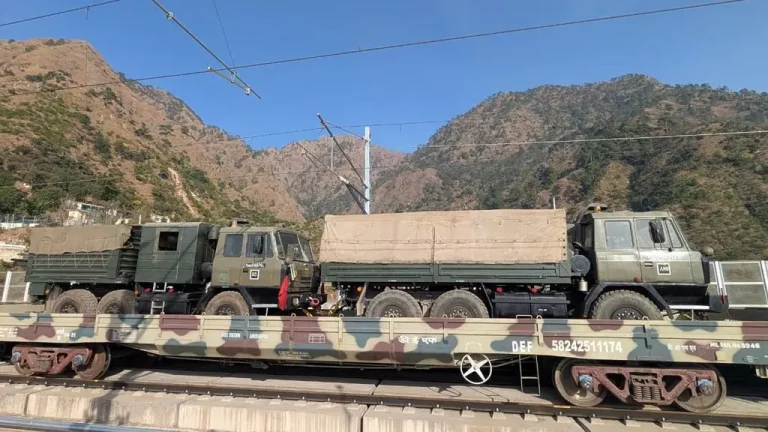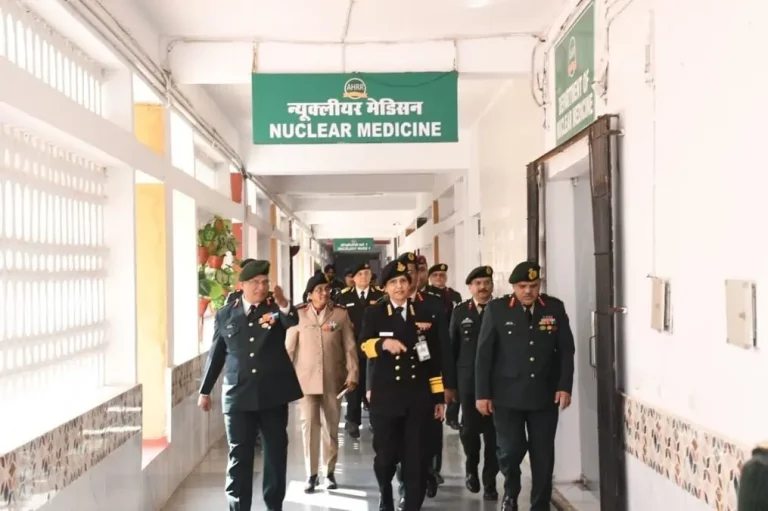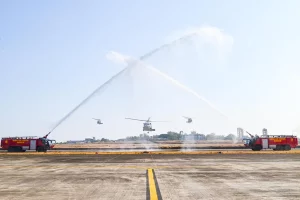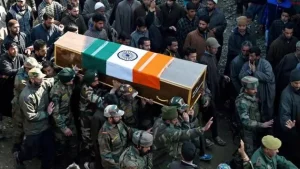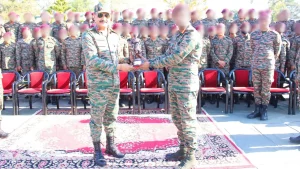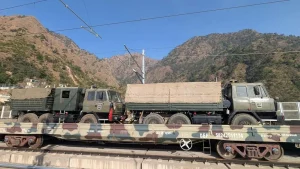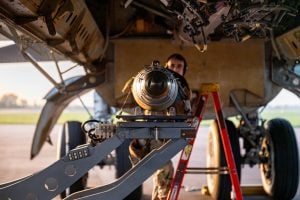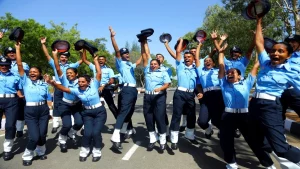The Battle Axe Division of the Indian Army successfully concluded a comprehensive joint training exercise in the arid landscapes of Rajasthan, aimed at elevating tactical proficiency and battlefield readiness. Conducted under the auspices of the Konark Corps, the exercise involved Mechanised Forces alongside Infantry units, emphasizing essential skills required for sustained operations in a region deemed strategically critical due to its proximity to India’s western border.
Participants engaged in extensive operations day and night, mirroring real combat scenarios to enhance coordination between various military branches, including tanks, infantry, and support units. Visuals from the exercise showcased tanks deftly navigating through sandy dunes, while infantry squads practiced advanced tactical movements. The incorporation of cutting-edge technology underscored the evolution of desert warfare, all under the theme “Invincible Together,” which highlighted the significance of joint operations for achieving success on the battlefield.
The Konark Corps, established on February 26, 1987, during Operation Trident, has a distinguished history of defending India’s desert sectors, particularly in Rajasthan and Gujarat. Notably, it played a crucial role in the 1971 Indo-Pak War, where it successfully captured 9,000 square kilometers of enemy territory. Operating from Jodhpur, the corps remains integral to India’s defense strategy in this vital region. This latest training endeavor aligns with the Indian Army’s commitment to maintaining operational superiority, especially in light of emerging geopolitical challenges.
The joint operational framework was notably bolstered by the participation of the Border Security Force (BSF) Artillery, one of the few Central Armed Police Forces equipped with its own artillery regiment. The exercise prominently featured the integration of modern warfare technology, including advanced radar systems and heavy artillery, which were utilized effectively during nighttime drills, illuminating the desert landscape.
This training initiative follows an Integrated Firepower Exercise conducted by the Battle Axe Division in April 2025, further affirming the Indian Army’s commitment to demonstrating its combat capabilities in harsh terrains. Military analysts emphasize the critical nature of such exercises, as they prepare forces to address the unique challenges posed by desert environments, which are characterized by extreme temperatures and limited visibility.
The Indian Army has a longstanding tradition of preparing its units for varied terrains, supported by specialized institutions such as the desert warfare school in Rajasthan and the High Altitude Warfare School in Kashmir. Units like the Para (Special Forces), including the 10th Battalion (Desert Scorpions), have historically excelled in desert operations, including conducting deep raids during the 1971 conflict, and continue to train international forces in similar environments. The recent exercise conducted by the Battle Axe Division reaffirms India’s dedication to maintaining a strong defense posture while enhancing interoperability among its military branches.
